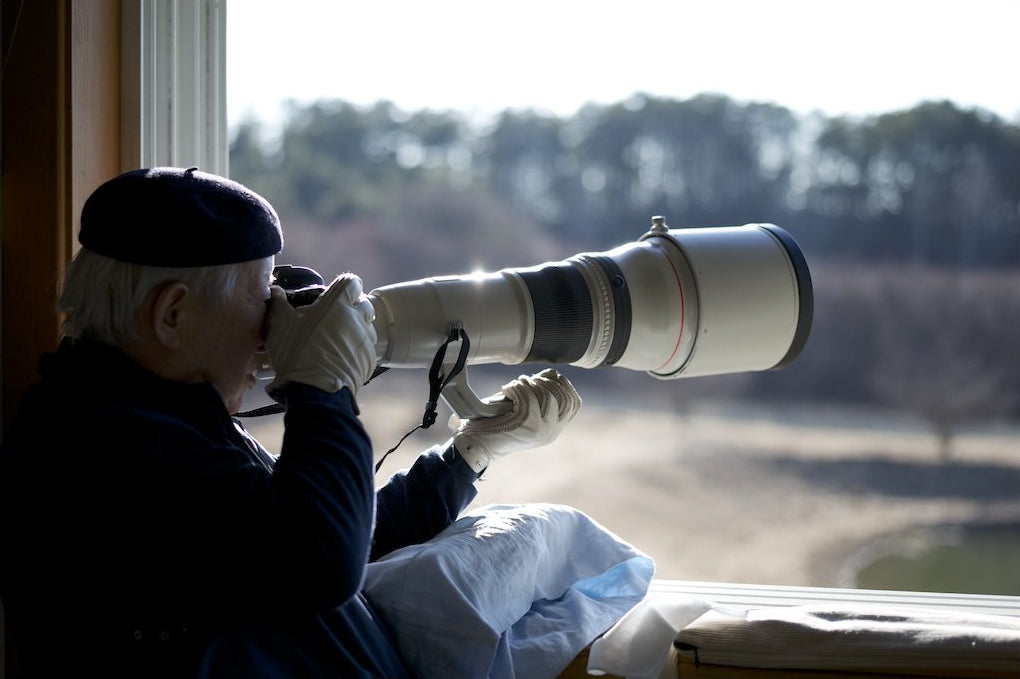To continue watching this and more content, please subscribe.
SubscribeBetween April 2009 and April 2014, Ahae took 3.3 million photographs from one window at his studio.

A
hae was born on February 11, 1941, in Kyoto, Japan, to Korean parents during the Japanese colonial rule over Korea. After the Second World War, he returned to his home country with his family. At the age of twelve, inclined to the arts and nature, Ahae was deeply moved by an ancient Korean poem that depicted the natural beauty of Korea. In this poem he encountered the word “ahae” — the ancient Korean word for child — for the first time and strongly identified with the term, later making it his own artistic pseudonym. At the age of twenty a major turning point came when Ahae found Christian faith through the Bible. For the remainder of Ahae’s life, his artistic, environmental and entrepreneurial endeavors would constantly work in tandem with his faith. In 1991, after an intense and sensationalist media campaign against him, Ahae was convicted of financial crimes that he firmly maintained throughout his life he did not commit. Ahae was incarcerated for four years. In his cell, there was a window through which he would watch a tree with a bird’s nest wisely built between the tree’s thickest branches. He spoke about this scene occasionally after his release. In 2009, in the countryside of South Korea, as Ahae set out to sketch the nature scene outside his studio window, he noticed the stirrings of the various fauna and began photographing them. This soon evolved into what is now known as the Through My Window project, in which from one window each day and night continuously for five years, Ahae took 3.3 million photographs of the natural world just beyond his window. Throughout all hours of the days and nights of the four seasons, he captured the birds, water deer, land and sky, nightscapes, and water reflections. The project revealed itself to be Ahae’s opportunity to regain the four years he had lost by sharing with the world the seemingly obvious and yet commonly unnoticed natural universe. This insight into nature could only be gained through Ahae’s unbroken observation, through the camera lens, of the natural world over the course of years, battling with the ceaseless elements of his internal and external conditions, to ultimately reveal the infinity of the natural world. This discovery could not be suppressed by physical confinement (the involuntary confinement of his imprisonment), but rather was made possible by it (the voluntary confinement to one window in his studio).
On April 16, 2014, at the end of Ahae’s fifth year into the project, the sinking of the Sewol ferry resulted in the tragic deaths of 304 passengers, the majority of whom were children. The Sewol was owned by a company that emerged during the East Asian financial crisis of the late 1990s from a separate company that was originally founded by Ahae. Once again Ahae was engulfed in controversy. In the summer of 2014, while he was being pursued by the authorities as the alleged ultimate cause of this tragedy, Ahae was found dead under mysterious circumstances. Those close to Ahae maintain that he was neither the owner of the ferry company nor involved in its day-to-day operations. And, in August 2016, a three-judge panel of the Seoul Administrative Court unanimously rejected the argument that Ahae owned an interest in the ferry company, finding that there was insufficient evidence to connect Ahae to the company.
Now we continue to carry out the mission of the project started by Ahae in the last years of his life and, in accordance with the artist’s wish, to share the beauty of the natural world with others; to emphasize the importance of clean air, fresh water, and natural food to maintain a healthy body and mind; and to help people incorporate these elements in their lives to the greatest extent possible.

